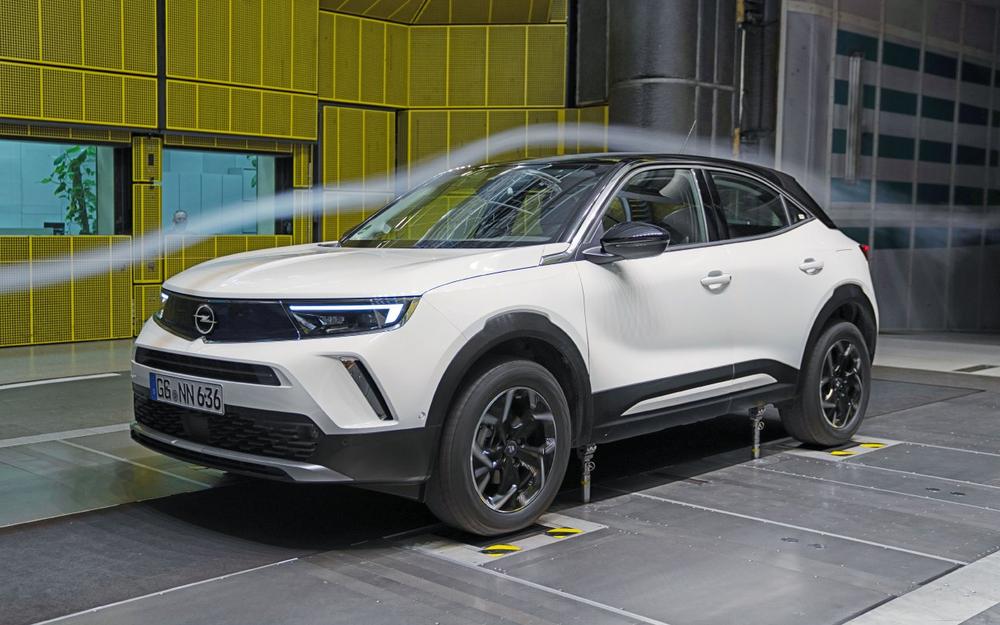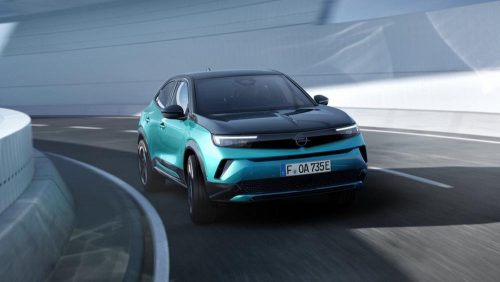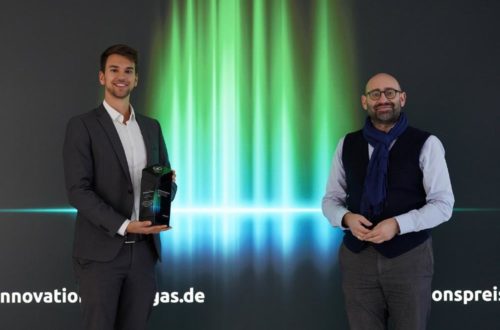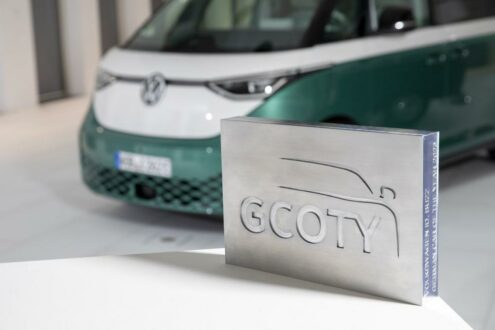
New Opel Mokka: Top Aero for Higher Efficiency and Lower Emissions
- Only 0.32 cD: new Mokka’s drag factor among lowest in class
- Air curtains: reducing drag and separation caused by wheels and tyres
- Active shutter: automatic closure of frontal opening when less cooling required
The exterior design of the new Opel Mokka is not only pure and bold, but also aerodynamically efficient – not mainstream but streamlined and typically Opel. With a drag coefficient (cD) of only 0.32, the new Mokka features one of the lowest drag factors in its market segment and joins the brand’s existing aero-champions, from the record-breaking Calibra (0.26 cD) to the current class-leaders, Astra (0.26 cD) and Insignia (0.25 cD).
Due to the challenges posed by CO2 reduction, efficient aerodynamics are increasingly important in the automotive industry as well as among customers. Low drag means that the car needs less energy to move, which in turn results in lower fuel consumption and emissions.
As with all Opel’s newly developed cars, the carmaker’s engineers optimised the new Mokka’s aerodynamics in the wind tunnel of Stuttgart University (at the Research Institute of Automotive Engineering and Vehicle Engines). Depending on the model variant, they cut the drag factor to an excellent 0.32 cD.
“Opel has been a strong leader in aerodynamics for decades and our new Mokka continues this long tradition”, says Marcus Lott, Managing Director Engineering. “Sophisticated technologies such as air curtains and an active cooling shutter represent the state of the art in automotive drag reduction. With its stunning design, the new Mokka also proves that standout looks and a highly efficient shape are far from mutually exclusive.”
More than just good-looking: bold and pure design enhances low frontal area
The basis for the high aerodynamic efficiency is the new Mokka’s frontal area of only 2.27 metres2, which is enhanced by the pure and bold design. With the aid of computational fluid dynamics (CFD) and attention to detail in the wind tunnel, Opel’s aero experts then chiselled down to the excellent drag coefficient by fine-tuning every detail that helps improve the aerodynamics.
The engineers optimised the design of the new Mokka’s characteristic Opel Vizor, as well as the shapes of the A-pillars and the exterior mirrors. In addition, cladding covering the bottom of the engine compartment and the underside of the body improves the airflow beneath the car.
The new Mokka displays fins at the sides of the tailgate and an elongated spoiler at the rear edge of the roof, in order to reduce the separation that causes drag. In addition, the spoiler lowers aerodynamic lift on the rear axle, which further improves straight-line stability, especially at higher speeds.
Air curtains and active shutters: innovations for higher efficiency and lower drag
Other major sources of drag are the wheels, tyres and wheelhouses. The new Mokka therefore features innovative air curtains that increase aerodynamic efficiency in this area. An air curtain is an integrated duct on each side of the front fascia that creates a tall, thin jet of air across the face of the front wheel and tyre. The air curtain directs the flow smoothly across the wheel openings, decreasing the amount of wake and separation from these areas.
The new Mokka also benefits from an active shutter that further reduces drag and improves fuel efficiency by automatically closing the frontal opening when cooling air is least needed. Until recently, this innovation has been more common on more expensive cars from higher segments.
When closed, the shutter system enhances aero performance by redirecting airflow around the front of the vehicle and down the sides, rather than through the less aero efficient engine compartment.
The shutter is open or closed depending on engine coolant temperature and speed. For example, the shutter opens when the car is traveling up a hill or in hot city driving. The shutter closes when less engine cooling is required, for example at urban-road speeds.
The results of these efforts are impressive: compared with the previous model, which had a drag coefficient of 0.35, CO2 emissions in the WLTP cycle are up to 9.0 g/km lower, while drag at motorway speeds has been reduced by 16 per cent.
The aerodynamically optimised new Opel Mokka is the first to wear the new brand face, the Opel Vizor, as well as the redesigned Opel Blitz emblem and the centrally positioned nameplate on the tailgate. It is also the first Opel with the Pure Panel and a fully digitised cockpit. In addition, the new Mokka is the first Opel available from the start of the sales with electric drive as well as highly efficient combustion engines.
Opel is one of the largest European car manufacturers and was founded by Adam Opel in Rüsselsheim, Germany, in 1862. The company started building automobiles in 1899. Opel has been part of the Groupe PSA since August 2017. Together with its British sister brand Vauxhall, the company is represented in more than 60 countries around the globe selling around one million vehicles in 2019. Opel is currently implementing its electrification strategy to secure sustainable success and ensure that the future mobility demands of customers are met. By 2024, all Opel models will offer an electric variant. This strategy is part of the company plan PACE! with which Opel will become sustainably profitable, global and electric.
Visit https://int-media.opel.com
Opel Automobile GmbH
Bahnhofsplatz
65423 Rüsselsheim
Telefon: +49 (6142) 7-70
Telefax: +49 (6142) 77-8409
http://de-media.opel.com/de
Group Manager International Product Communications
Telefon: +49 (6142) 69-21574
E-Mail: martin.golka@opel.com
Manager International Product Communications
Telefon: +49 (6142) 69-22084
E-Mail: colin.yong@opel.com
Assistant Manager International Product & Technology Communications
Telefon: +49 (6142) 69-21576
E-Mail: jan-philipp.kress@opel-vauxhall.com
![]()




